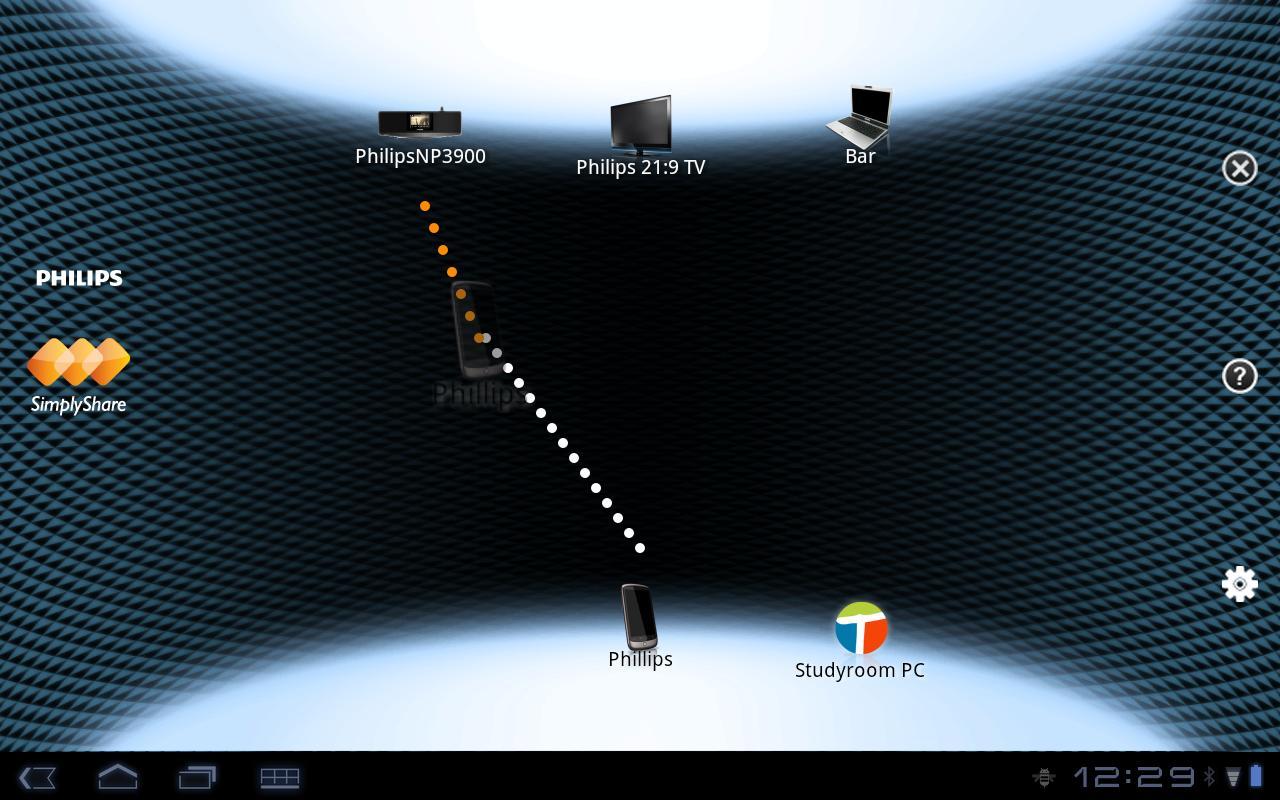Philips Simplyshare Dlya Windows
Think of this app as a part of your new Philips product, driven by SimplyShare. Using the activation code that came with your Philips product*, unlock this app and unleash your music, photos and videos and in a truly simple way. SimplyShare allows you to automatically find all products in your home network that have something to share and all product in your home network that can playback music, photos and videos. All you need to do is to simply connect them and share! You can share to multiple products at the same time and even use the app on multiple phones or tablets. Sharing made simple, SimplyShare.
SimpleShare, free and safe download. SimpleShare latest version: A Free Websites & blogs program for Windows. SimpleShare is a popular, free software only.
Key features: • Makes sharing content from your PC, smartphone or tablet easier than ever before • One finger operation – how’s that for simple? Workbook 7 naumova children.
If you’ve ever watched the photos on your digital camera come alive on your TV or played the music files on your computer over your home theater system, you’ve brushed against the magic of DLNA. This widely integrated but little understood technology allows you to stream media files from a hard drive or memory card to other devices on your home network without your needing to know a whole lot about codecs, file formats, or even how your network operates. DLNA stands for Digital Living Network Alliance, the trade group founded by Sony in 2003 to define the interoperability guidelines that make this communication possible. Prior to DLNA, setting up a home-entertainment network was an arduous process of gathering IP addresses and configuring each component to talk to the others with no guarantee of success. DLNA simplified the process by establishing a single protocol that ensured DLNA-certified multimedia devices from different manufacturers would work together. How it works DLNA separates multimedia devices into subdivided into three broad categories: Home Network Devices (PCs, TVs, AV receivers, game consoles), Mobile Handheld Devices (smartphones, tablets, digital cameras), and Home Infrastructure Devices (routers and hubs). A device’s class is determined by its functional capabilities—whether it stores, controls, or plays media—rather than the type of product it is.
So it’s possible (even common) for a device to fall into more than one class. Some DLNA-certified TVs, for example, can be classified as both a —meaning it can locate and play media from other devices—and a —because media can be pushed to it by an external controlling device. Yamaha A modern AV receiver that supports DLNA can stream movies, music, and digital photos from a storage device attached to your home network to your smart TV. All DLNA-certified devices use Universal Plug and Play (UPnP) to discover and talk to each other on the network. When you connect one to your router, it should automatically appear on any other DLNA-certified component’s menu without needing you to perform any setup.

In a typical scenario, you might have a PC running DLNA-certified software that transforms it into a media server. Your DLNA-certified player—a TV or game console, for example—would be able to browse the content on the PC and stream it. Alternatively, a controller, such as a tablet or smartphone, could discover the content on the PC and tell the TV to play it back. Getting started With more than on the market—including TVs, Blu-ray players, storage devices, media boxes, smartphones, tablets, game consoles and software—chances are good you already have more than one compliant device or application in your home. Depending on the manufacturer, the product may use a branded version of DLNA such as SmartShare (LG), SimplyShare (Philips), or AllShare (Samsung), but rest assured it’s all the same technology and it will all interoperate. If you own a recent model PC, NAS, smartphone, or tablet, it probably came with bundled DLNA-certified software that will allow any media on it to be recognized by your networked components. If you have an older model, however, you can still turn it into a media server by adding a program like,,, or Windows Media Player.
VSL Special Edition Collection Vol. 
Even if a component manufacturer steers you to its branded media-server program—for example, Samsung’s, you may still be able to use one of these third-party options, but finding which application works best with your component’s brand takes some experimentation. Philips Philips' SimplyShare is simply a private-label version of DLNA that lets you stream music and other media between smartphones, media players, media servers, other devices to smart TV on your network. Another area where DLNA gets messy is. The DLNA specification only allows for a few common audio and video formats like Windows Media Audio, MP3, MP4.